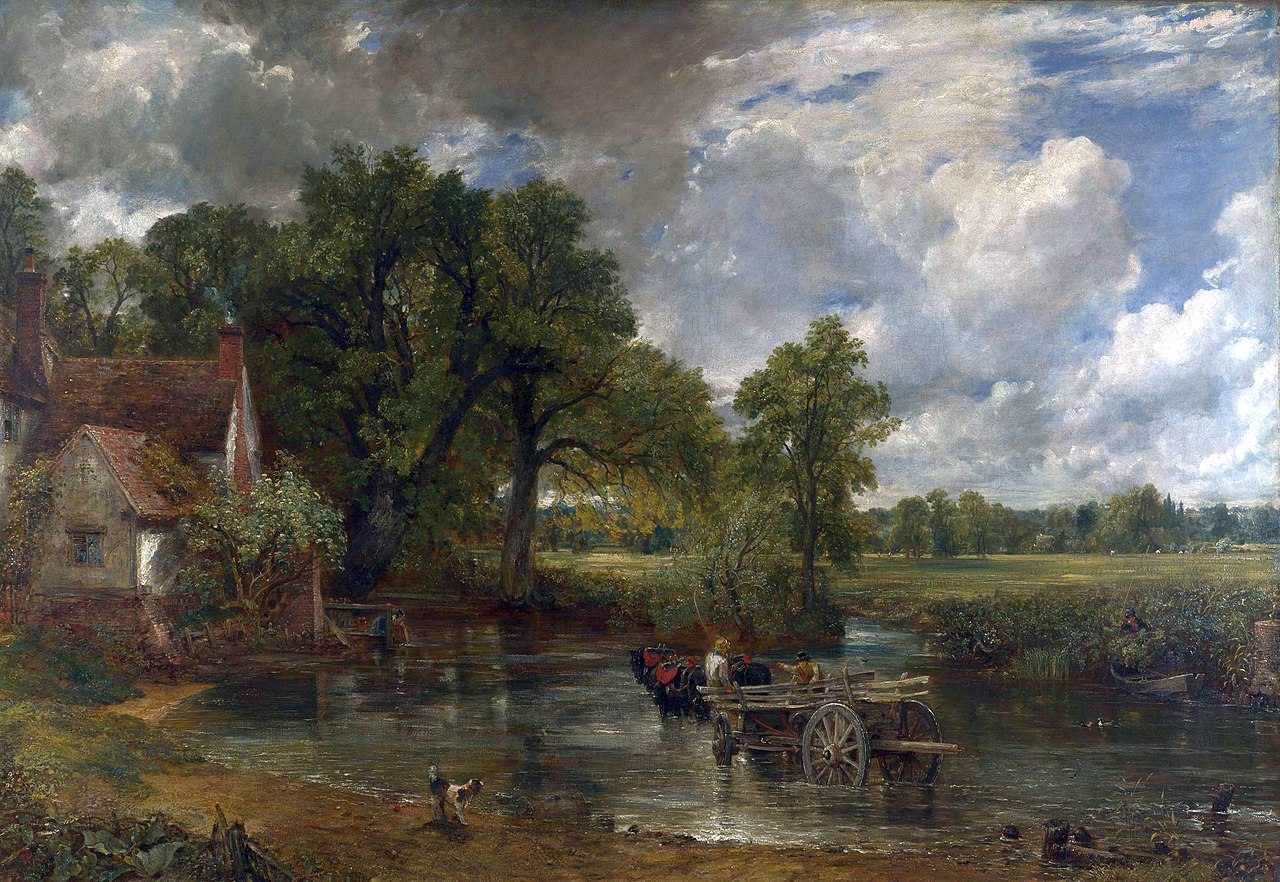He has exhibited at the Royal College of art and the Ferens Art Gallery in London, having been on a journey of contemporary art which combines both the kinetic and traditional forms, such as his exhibition piece of various seascapes painted on the inside of a chicken's egg.
I particularly liked his opening comments regarding the story of an anecdote, and Kandinsky's comment, when asked 'What is fine art?' ...
In fact Kandinsky was asked "What is the difference between a Kandinsky painting and a piece of wallpaper?"
To this enquiry Kandinsky replied "An inner need"...
Chris Dobrowolski effectively provides a presentation of his art through series of lectures such as this one. He talks about the now famous amateur photographer and filmmaker, Abraham Zapruder (1905 - 1970),And his film which he shot on a super eight camera which witnesses the assassination of JFK and Eddie in Dallas Texas, in November 1963. (Interestingly this film was not released until 1975!). The amateur reportage style, with a shaky camera and grainy picture, with crash editing between shots is now generally recognised as a new genre of film production and editing now known as "Zapruder-esque".
Chris Dobrowolski discussed his early experiences at the University of Hull, and his attempts as he puts it, to escape art college. His first plan was based as a result of him making a series of small sailboats, approximately 8 inches long and 12 to 18 inches high,-the type you might have once made as a child, and the filming of the launch of these toy sailboats, around eight in all, which together with a small label on each of them stating the details of the owner, were launched into the River Humber and filmed, together with his degree buddies.
Chris then went on to explain how the rest of his time at university was taken up building a much bigger boat in order to escape this school. His escapades and adventures as to what happens next, as he attempted to sail this home-made boat down the Humber makes particularly amusing dialogue. All the more he managed to record most of this onto the small tape recorder, which together with the super eight film recorder would provide potential future evidence of the launch, in a way that Chris described as a serial civil aviation authority "flight recorder".
His subsequent to negotiation of the shipping lanes of the River Humber estuary as it flows into the North Sea, together with the images recorded on the super 8 film, becomes a hilarious commentary, as a huge navigation boy comes into collision course, before finally hitting it, and then being rescued by a tugboat, and then the eventual reprimand through public humiliation in the Humber and Hull evening Post from what was then the commander of the river and port authorities.
In his next project to escape from art school, entitled "Escape Plan Number Two", he describes his attempts to make a go-kart, sometimes known as a bogey, or a trolley, which was pedal powered, and in which he travelled to spurn head at the end of the Humber estuary. He describes his art as "visual philosophy" which I found particularly accurate and this also helps to explain why contemporary art in his mind, and also in the mind of many many others, is such a "grey" area. He likes to continue on the face of it, the idea that art is a kind of farce, (which he believes of course it is!), And yet he takes his works, and the recording of them very seriously indeed.
Once he left art college, he was then able to embark on building other interesting juxtapositions of art and mechanical or kinetic things. For example he made an army tank, but with a little added twist of using second-hand paintings of mass produced versions of Constable's The Hay Wain ...
 | ||||||||||
|
And finally he goes on to describe, in what I think is an amazing venture, the rebuilding of "The Flying Flea".
The book by Henri Mignet, "The Flying Flea; how to build your own aeroplane" (1932), was actually banned for sale in the United Kingdom, after some 13 people, either died or had serious injuries as a consequence of trying to follow this Frenchman's rather absurd idea, that any amateur model builder could create their own aircraft. Unfortunately Chris Dobrowolski was not made aware of this ban, when he found the book. He therefore started to follow its instructions to the letter and is a little twist of irony, decided to use the pages from the book in order to cover the wing sections of the aircraft in paper. The book of course being ready source of paper for that event.
Thankfully, what Chris did, was get in touch with the "Flying Flea Club", and it was at this point, after much of the building had already been completed, that he found out that the aircraft, as designed by the original aviator, had effectively been banned. By good fortune though, he was also able to find an aviation designer who had in fact redesigned various sections of the double wing combination, and his highly amusing, yet of course serious, engagement with both the flying flea club, one of whom happened to actually own their own aerodrome on which he was able to practice jumps and hops of the aircraft while testing it, provided a very entertaining angle of creativity in the form of contemporary fine art.
No comments:
Post a Comment